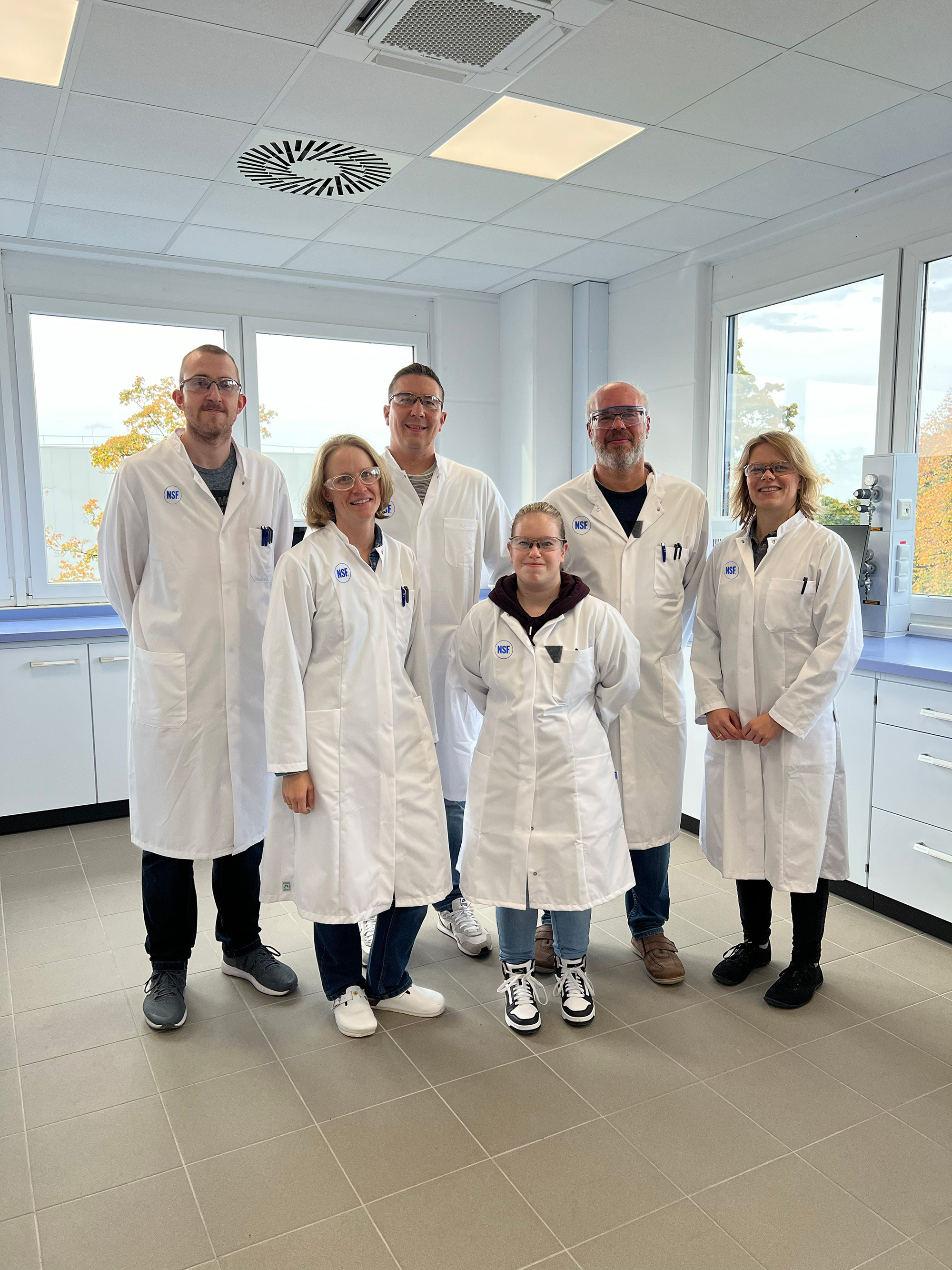White Paper: Reducing Human Error: Characteristics of Highly Reliable Work Units
This is the second installment in the NSF Health Sciences educational resource series on Human Reliability Improvement.
The traditional belief is that human performance is a worker focused phenomena. It is often assumed that if companies were to simply get rid of the poor performers everything will be fine. Furthermore, it is assumed that fault lies with the worker rather than with the company and its systems. Nothing could be further from the truth! While humans may be prone to error and whim, our work environment has a huge impact on our performance. Simply put, the risk of human error is a function of our performance, in the environment, while completing the task at hand.
This paper outlines five strategies to improve processes with the goal that no error should occur twice, let alone a third time!
About the Author
Jim Morris, Executive Director, Pharma Biotech
Jim Morris has over 25 years of pharmaceutical management experience in both plant operations and corporate offices, working with Pfizer, Cilag AG and Mass Biologics in the U.S. and Europe. He has held positions as Deputy Director QA/QC and Regulatory Affairs while at Mass Biologics, Director of QA/QC for the Biologics business unit of Cilag AG and a number of quality assurance and manufacturing roles with Pfizer over a 16-year timeframe, culminating as the head of Quality Assurance for Pfizer in Latina, Italy.
How NSF Can Help You
Get in touch to find out how we can help you and your business thrive.

What’s New with NSF

Brooklands New Media’s Publication On NSF’s Global Animal Wellness Standards (GAWS) Not Endorsed by NSF
November 25, 2024
NSF Opens Advanced Water Testing Laboratory in Germany
October 17, 2024
World Food Day: A Global Call to Action for Food Security and Sustainability
October 16, 2024